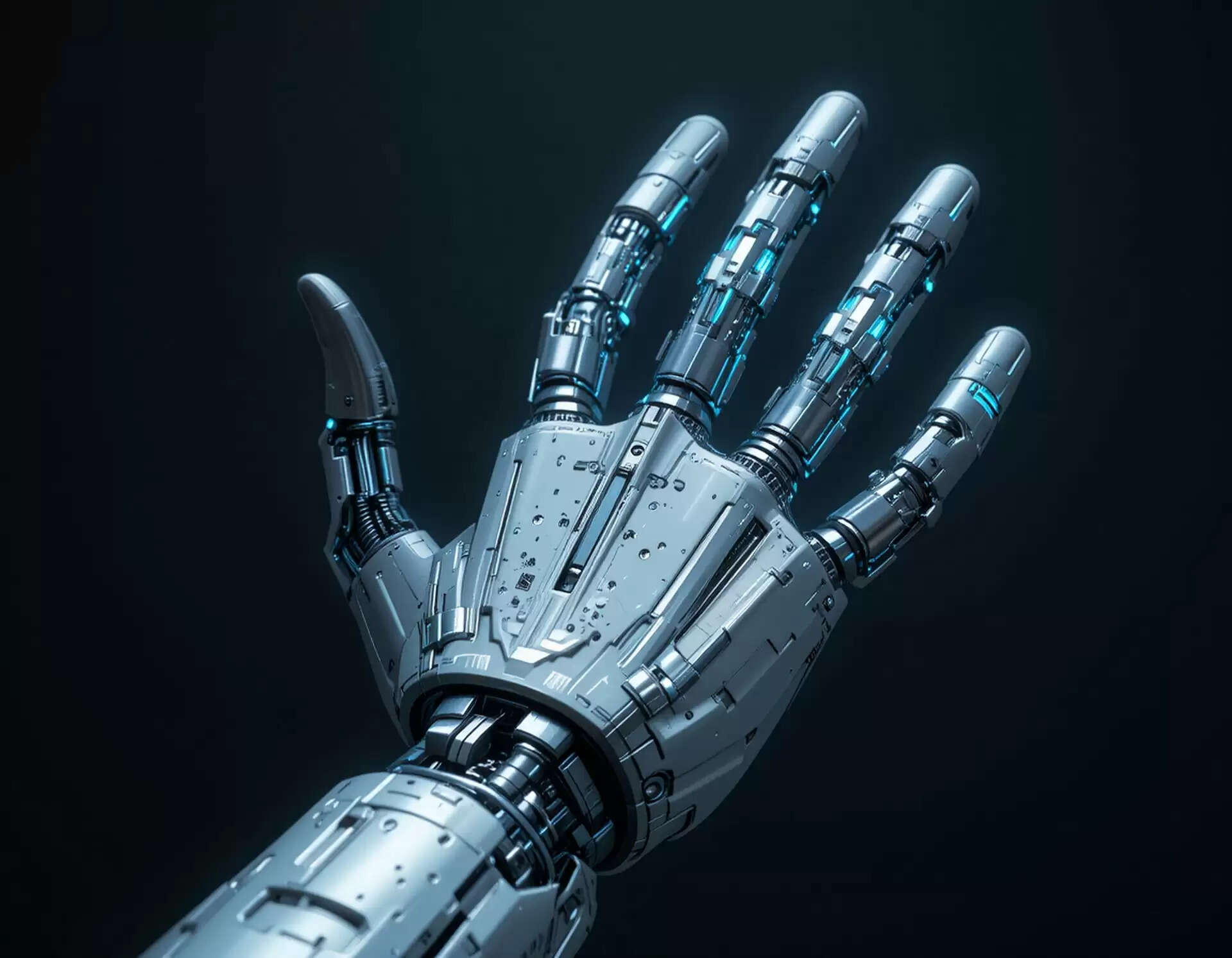Mind Over Machine: Brain Signals Control A Robot Arm

Imagine being able to move something just by thinking about it. Sounds like science fiction, right? Well, researchers have made this a reality for a man who is paralyzed, allowing him to control a robotic arm using only his thoughts. Thanks to a special device that connects his brain to a computer, he was able to grab, move, and drop objects just by imagining himself doing it. Pretty amazing!
The Secret Behind the Tech
This incredible device is called a brain-computer interface (BCI). Unlike previous versions that only worked for a day or two, this one functioned for a record seven months without needing any major adjustments. The key? An advanced AI system that adapts to subtle changes in brain activity over time, helping the user refine their imagined movements for better control.
How the Brain Learns
Researchers discovered that brain activity shifts slightly from day to day, even when a person repeats the same movement—whether real or imagined. This was a major clue in solving the problem of why older BCIs would stop working so quickly. Once the AI was trained to recognize these small shifts, the system became much more stable and reliable.
Training the Brain
To put this discovery to the test, a paralyzed participant was asked to imagine moving different parts of his body—his hands, feet, and even his head. Although he couldn’t physically move, his brain still produced movement signals, which were picked up by tiny sensors implanted on the surface of his brain. These signals were then fed into the AI, which learned to interpret them over time.
From Virtual Practice to Real-World Success
At first, the participant’s control over the robotic arm wasn’t very precise. So, researchers had him practice with a virtual robot arm that provided feedback, helping him fine-tune his movements. Once he mastered that, he moved on to the real robotic arm—and within just a few sessions, he was successfully picking up blocks, moving objects, and even handling a cup to get himself a drink.
A Life-Changing Future
Even months later, the participant could still control the robotic arm with just a quick 15-minute tune-up. Now, researchers are working on making the system even smoother and faster. The ultimate goal? To bring this technology into people’s homes, giving those with paralysis more independence in their daily lives.
With advancements like this, the ability to perform everyday tasks—like grabbing a glass of water—without assistance could soon become a reality. And that’s a game-changer for countless people around the world!
.jpg)
